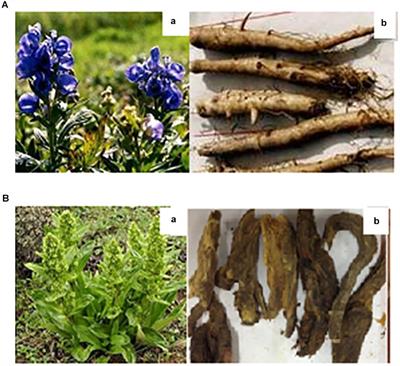REVIEW
Published on 29 Jan 2020
Epigallocatechin-3-Gallate Toxicity in Children: A Potential and Current Toxicological Event in the Differential Diagnosis With Virus-Triggered Fulminant Hepatic Failure
doi 10.3389/fphar.2019.01563
- 5,733 views
- 15 citations



